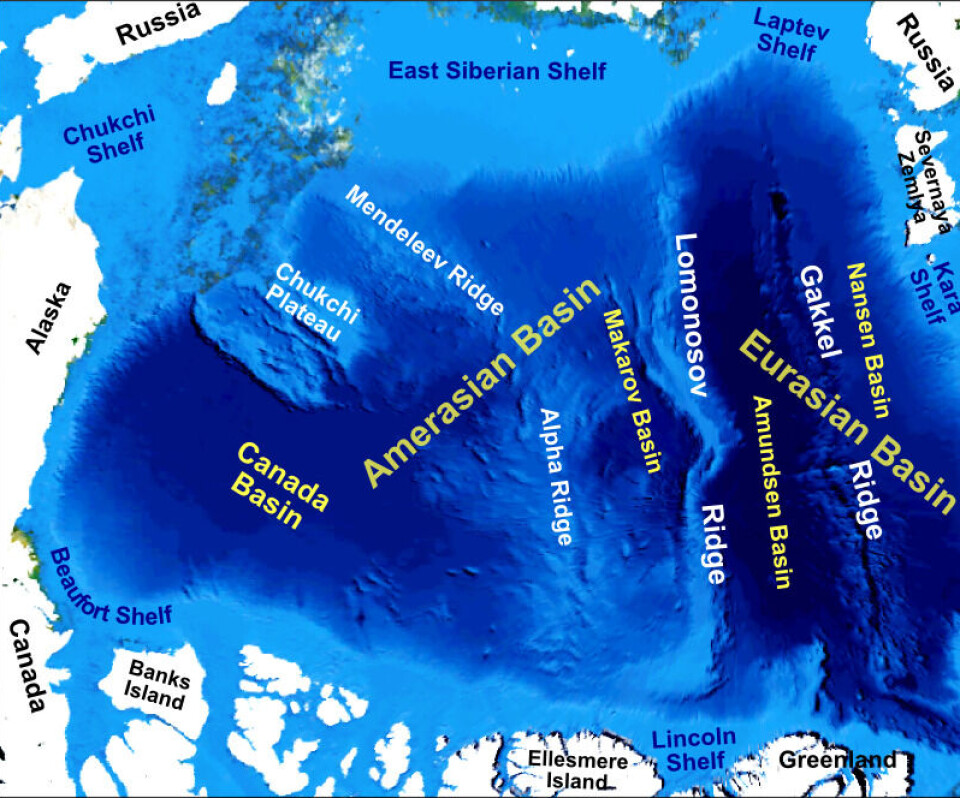Iceberg in the Arctic Ocean in September 2025
Photo: Henry Patton
While it is well documented that global warming is heating the world’s oceans, there is now further evidence that even the deep waters are being affected.
A new study analysed temperature data gathered in recent decades to identify the main sources of heat causing Arctic Ocean warming. The study by the team from the Ocean University of China and Laoshan Laboratory demonstrated that the effect of climate change on the oceans is far greater than previously thought.

Photo: Wikipedia/Mikenorton
The Arctic Ocean includes various basins, each with its own specific characteristics and rate of warming. The process of Atlantification in the Arctic Ocean – the process where the Arctic Ocean becomes more influenced by the warmer, saltier waters of the Atlantic – is well-known.
However, a new study has found that the deep water in the Eurasian Basin of the Arctic Ocean is warming at a rate of 0.020°C per decade. According to the researchers, this rate of warming is too fast to be explained by natural geothermal heating alone.
“Our findings indicate that the deep Greenland Basin warming has already exerted obvious impacts on the deep Arctic Ocean,” researchers emphasise.
The Greenland basin is a deep-water basin within the Greenland Sea, which is considered an outlying part of the Arctic Ocean and borders Greenland to the west.
The team concluded that the additional warming in the Eurasian Basin originates from the Greenland Basin, which, due to rapid warming, is no longer functioning as a cold source for the Eurasian Basin as it did in the past.
“We find that the rapid warming in the deep Greenland Basin diminishes its cooling effect on the deep Eurasian Basin via the Fram Strait,” the study concludes.
The shallow Lomonosov Ridge prevents the warm water from spreading further into the Amerasian basin, “maintaining its relatively slow warming rate”.
For Norway, for example, the warming of the coastal waters is impacting the local ecosystem. According to experts at the Norwegian Institute of Marine Research, warmer waters affect the spawning of cod.
“Some species have absolute temperature limits. Cod, for instance, cannot spawn when the temperature exceeds 10 degrees,’ said marine scientist Mari Myksvoll.
Fishermen in the Arctic have reported an increase in the number of fish that are more typical of southern waters.
“I see cod, mackerel, yellowfin tuna, herring and haddock moving north from the south,” Kent Jensen, who has fished in the Barents Sea near Kirkenes for 15 years, told the Barents Observer, “Ten years ago, there wasn’t so much mackerel in the northern part of the Barents Sea.”
